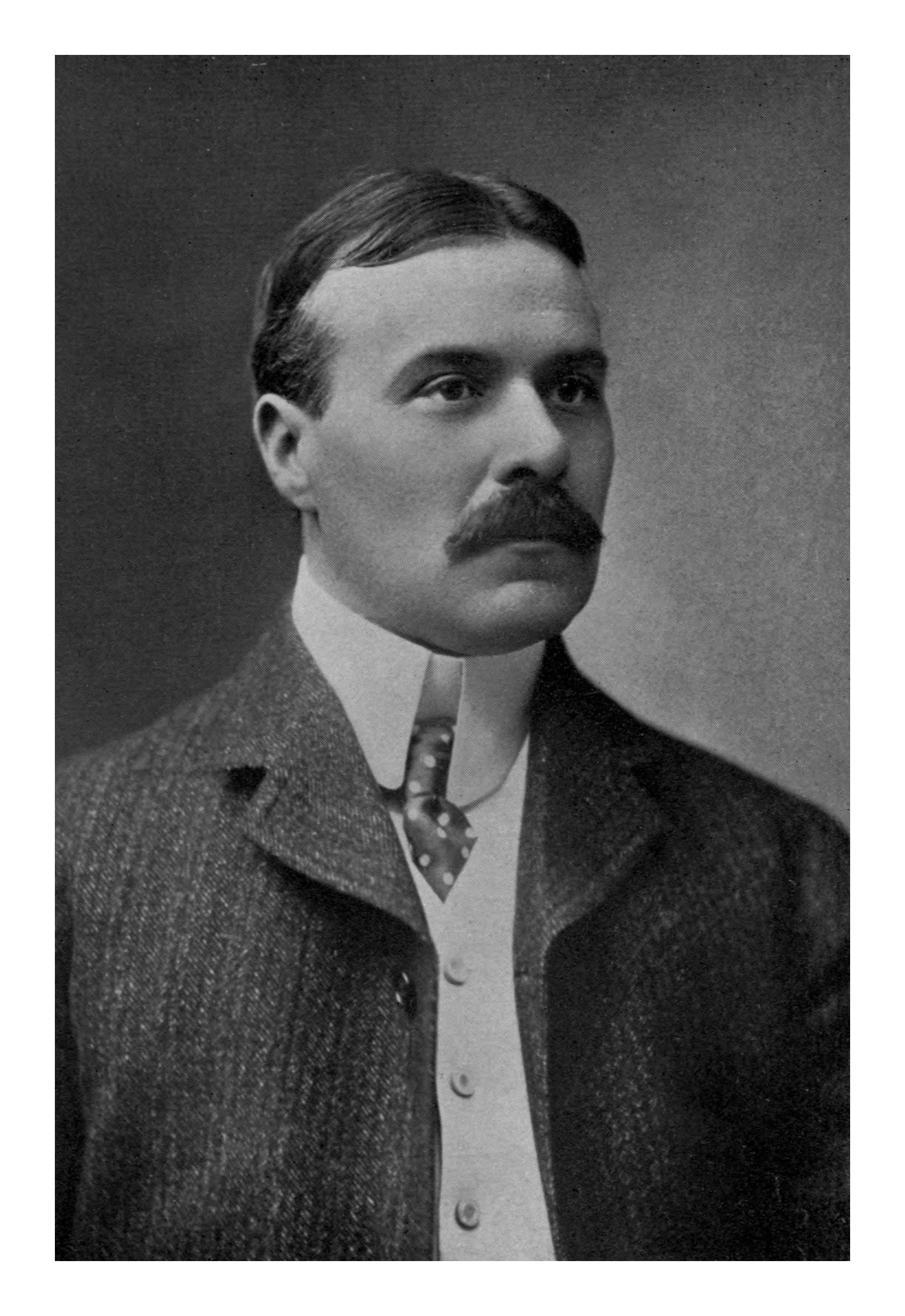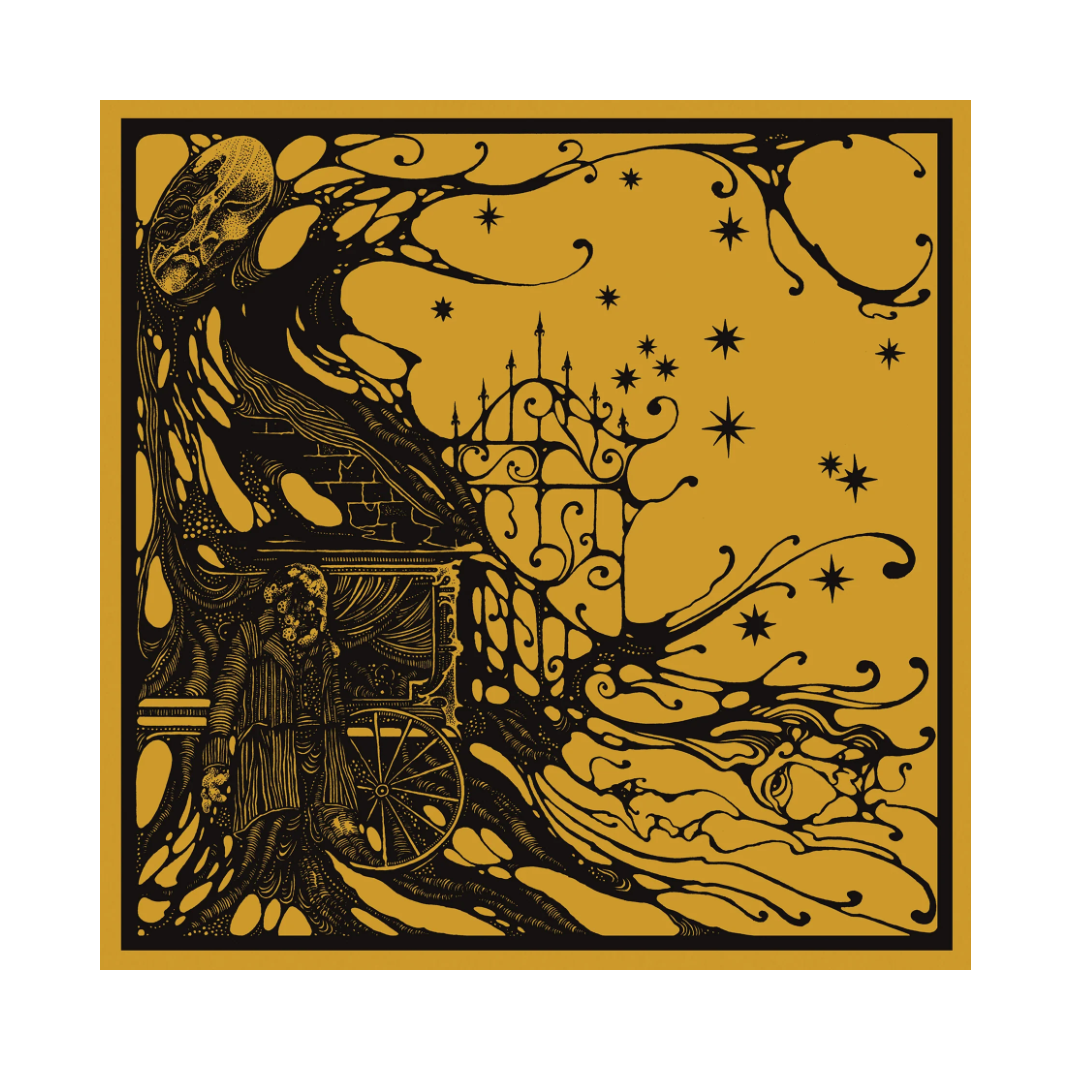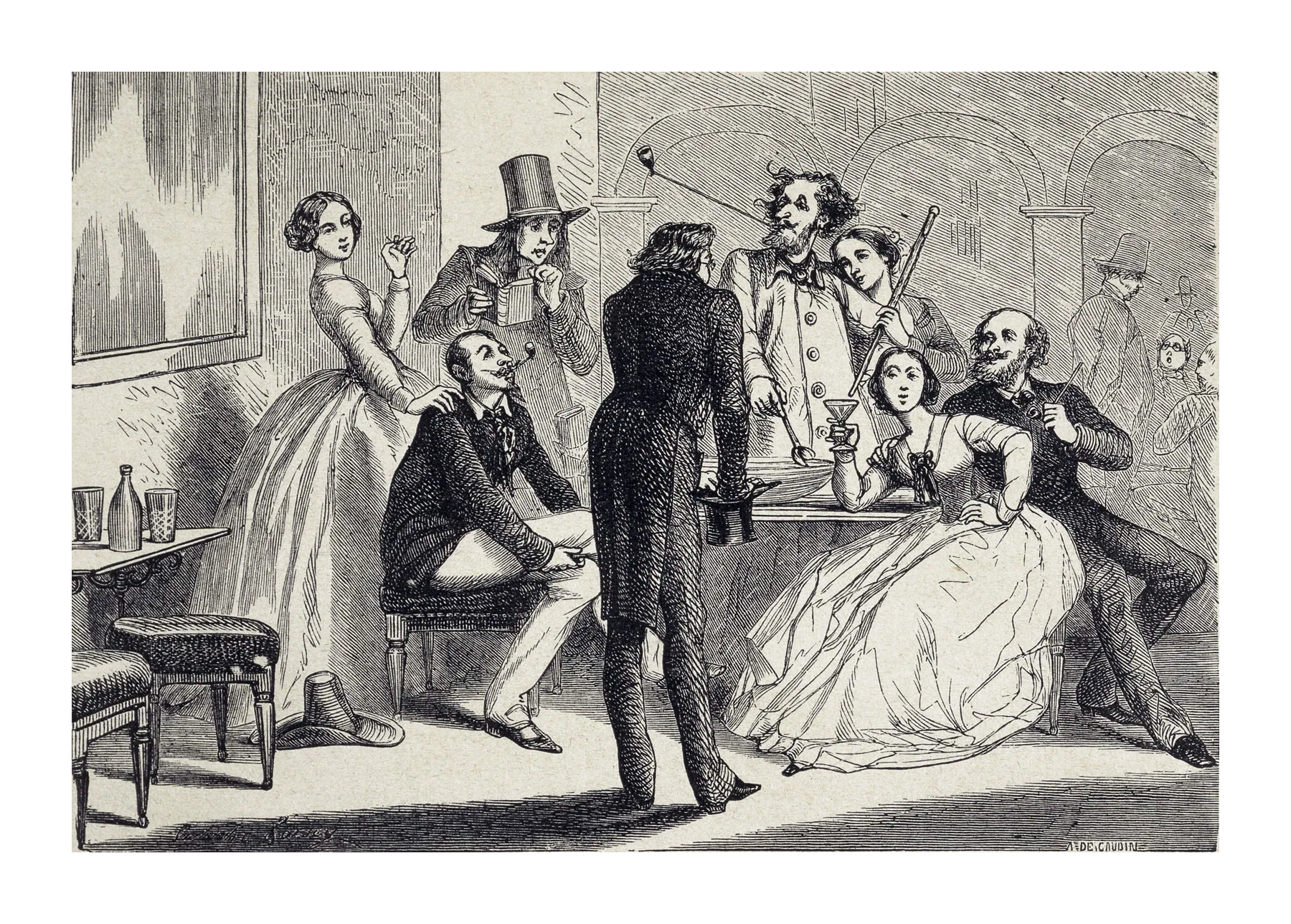Summary & Review: The King in Yellow by Robert W. Chambers
January 20, 2024

The King in Yellow is a horror novel written in 1895 by American writer Robert W. Chambers. The story contains ten stories, each with different main characters and plot lines.
The Repairer of Reputations
The first story is about a man named Hildred Castaigne, the narrator, who one day falls off his horse and suffers a concussion, though latter brushes it off as a minor injury.
Castaigne believes himself to be the rightful heir of "Imperial America" and plots to have his cousin assassinated, who Castaigne believes is trying to take the throne away from him.
To accomplish his goal, he teams up with a man named Mr. Wilde who can allegedly "repair" the reputations of powerful men by blackmailing them. By the end of the story, Castaigne fails his mission and is revealed to be mentally insane from the concussion.
The Mask
The next story is about a sculptor named Boris who can turn any object into a marble-like sculpture by dropping it into a bowl of unknown liquid. One day, while Boris and the narrator are decorating the house of their friend Genevieve, Boris fills Genevieve's pool with the mysterious liquid, wanting to test its effects on something large. Later in the story it is revealed that Genevieve has mental problems and is taking drugs.
One night, while Boris and the narrator are conversing, Genevieve runs out of her room in what can be assumed is a manic episode and falls into the pool of Boris' liquid, turning into a lifeless statue. Because he had feelings for her, Boris falls into depression and later takes his own life. The narrator later discovers that Genevieve is alive, revealing that the effects of the liquid were only temporary and Boris took his own life for nothing.
The Court of the Dragon
The third story is about a man in church who believes that the organist is plotting to take his soul. After being cornered by the organist in a place in France called "The Court of the Dragon," he wakes up from a dream and later sees a vision of the castle of Carcosa in the moon.
The Yellow Sign
This story is about a painter who struggles to get his work done after after having seen an "ugly" man guarding the outside of a church, causing him distress.

The model, who the painter is trying to depict, tells him she had a dream seeing him in a coffin carried by a horse carriage during the night whilst standing on a balcony, the carriage being led by the ugly man. The painter confesses having experienced the same dream, but through his perspective from the coffin.
The painter learns that the ugly man wants a "yellow sign" from him and deduces that it is a yellow emblem given to him by the model after the two fell in love.
During the night, the ugly man breaks in to steal the yellow sign. When the police come, they find the model and the ugly man dead, with the painter injured. It is revealed that the ugly man has been dead for many years.
The Remaining Stories
The six remaining stories of the book are a departure away from the gothic and horror genre, with the exception of the seventh story, The Street of the Four Winds, which is about a man who tracks down a stray cat's owner and finds that the owner has been dead for years.

The fifth story, The Demoiselle D'ys, is a fantasy romance story about a man who meets a falconer woman & her companions and travels to a mystical world.
The sixth story, The Prophet's Paradise, is a collection of cryptic poems that I couldn't seem to get any meaning from.
The eighth story, The Street of the First Shell, is a war story that follows a group of American volunteers during the Franco-Prussian War.
The final two stories, The Street of Our Lady of the Fields and Rue Barrée, are Bohemian romance stories about American art exchange students in France who fall in love with the local women.
Review
After finishing the book, I have both praise and criticism for it. While all of the horror stories' endings are rather cliché, predictable, and not that scary, they were nonetheless pretty disturbing, mysterious, and well written with great detail. The Mask and The Yellow Sign are definitely my favorite stories of the book.
I do also have some criticism for the book, mainly the latter half of the book. The remaining five stories were a very abrupt shift away from the gothic tone set by the previous stories. I decided to pick up this book for the horror and its supposed ability to drive insane those who read it. I certainly wasn't expecting to read war stories and Bohemian romance stories. In addition, the last six stories make no mention of the King in Yellow, Carcosa, Hastur, or any other cryptic references. The first four stories make reference to those things, but not the last six.
Overall, I would give this book a 5.9/10. It has some interesting stories, but I think the book is overhyped and not really that remarkable.